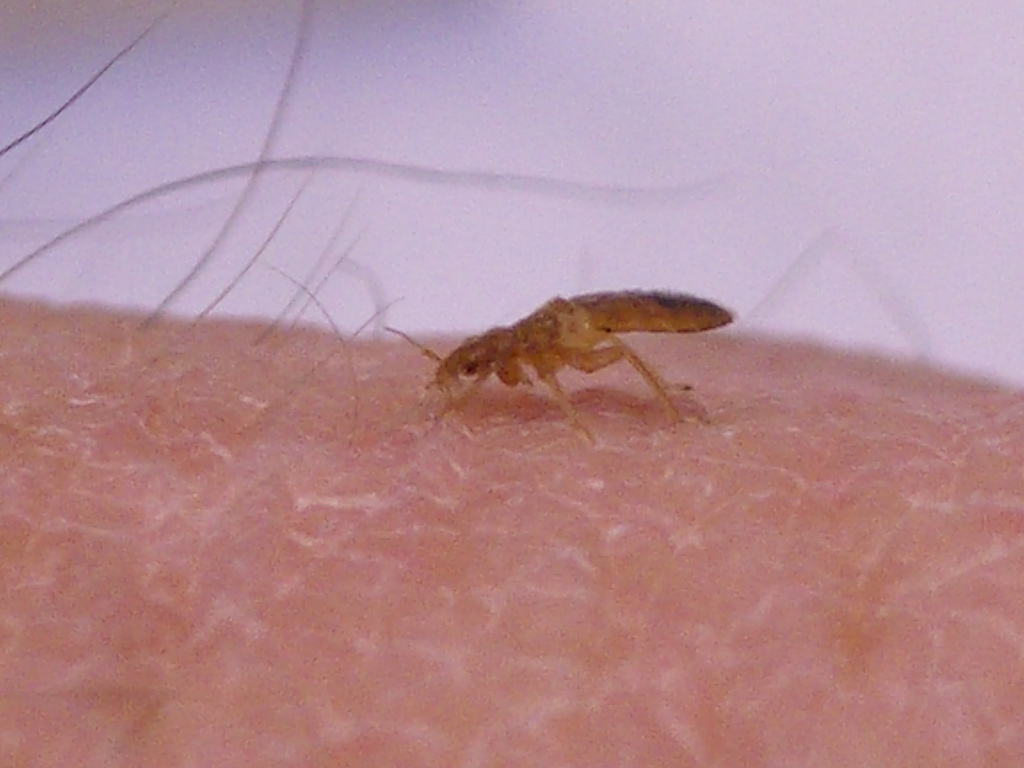by Penny M. Hagerman
For anyone who has lived with bed bugs, that commonly held saying really isn’t humorous.
Bed bugs are small, wingless creatures that move from place to place in bedding, clothing, furniture or suitcases. Unbeknownst to us, these parasites, only about a quarter-of-an-inch in size and white or brown in color, nestle in mattress seams, box spring crevices, headboards, baseboards or loose wallpaper-and lay in wait to enjoy their next meal: blood.
Then, while we’re off in dreamland, those little six-legged critters pierce our skin with their small, beak-like mouth and inject an anticoagulant to keep our blood flowing and a numbing agent to numb our sense of feeling. Then they suck our blood, leaving us totally unaware we’ve entertained visitors.
The next morning, we awaken to find our skin covered with red, itchy bumps; a skin rash similar to hives, and sometimes blister-like sores that literally appeared overnight.
Increasing in Number
Though bed bugs have been around for thousands of years, their numbers have increased since the early 1980s.
Prior to that time, they were nearly wiped out by insecticides. But as they became more resistant to poisons, international travel into and out of the U.S. increased in record numbers, and the almost microscopic insects moved in with people, their populations resurged.
Now reported increasingly in homes, hotel rooms, apartments, hospitals and dormitories across the U.S., there’s little evidence these creatures transport communicable diseases-though they do occasionally cause more extensive skin damage like lesions or allergic reactions in victims.
Once infestation occurs, the insects are difficult to get rid of, living quietly unnoticed in furniture, carpet, cracks, crevices and corners. Their flat backs make them nearly invisible, which enables them to surround an area in droves and lay in wait for up to a year or more before ingesting their next meal.
Dealing with the Aftereffects
Though they’re really just a nuisance, those red bumps bed bugs leave on the body are rather unsightly.
If you fall victim to their bite, experts at the Mayo Clinic suggest you:
- Avoid scratching to prevent infection.
- Disinfect the area with antiseptic soap to clean it thoroughly.
- Apply a topical cream, such as calamine lotion or cortisone, to relieve itching.
- Apply an ice pack to reduce swelling.
- Take antihistamines, if necessary, to relieve allergic reactions.
- Consult your doctor if you have severe reactions or infection. An oral antibiotic may be prescribed.
Because bed bug bites resemble those of other insects, such as mosquitoes or fleas, you should talk to your physician to determine the true source of injury before undergoing treatment.
If further consultation or medical attention is necessary, see your doctor for help. If you have it, health insurance should cover your visit, and standard co-pays and co-insurance apply.
Control & Treatment of Bed Bugs
Once physical symptoms are under control, it’s time to nip those bed bugs in the bud! Start here to best tackle infestation:
- Freeze pajamas, sheets and other bedclothes for at least 24 hours, or wash them in hot water of at least 97 degrees.
- Vacuum the area of infestation daily and freeze the vacuum bags for 24 hours before discarding.
- Use insecticide sprays containing the chemicals permethrin or malathion around the cracks and crevices in your home.
- Change bed linens at least once a week, and wash in hot water.
- Caulk holes in floors and walls.
- Hire a professional exterminator to treat your home regularly.
Even the cleanest of homes can be invaded by bed bugs. So don’t be embarrassed if it happens to you. Instead, take steps to protect yourself and your family, seek medical treatment when needed, and work to eradicate the problem. Then sleep worry-free…and alone!

1 thought on “Don’t let the bed bugs bite!”